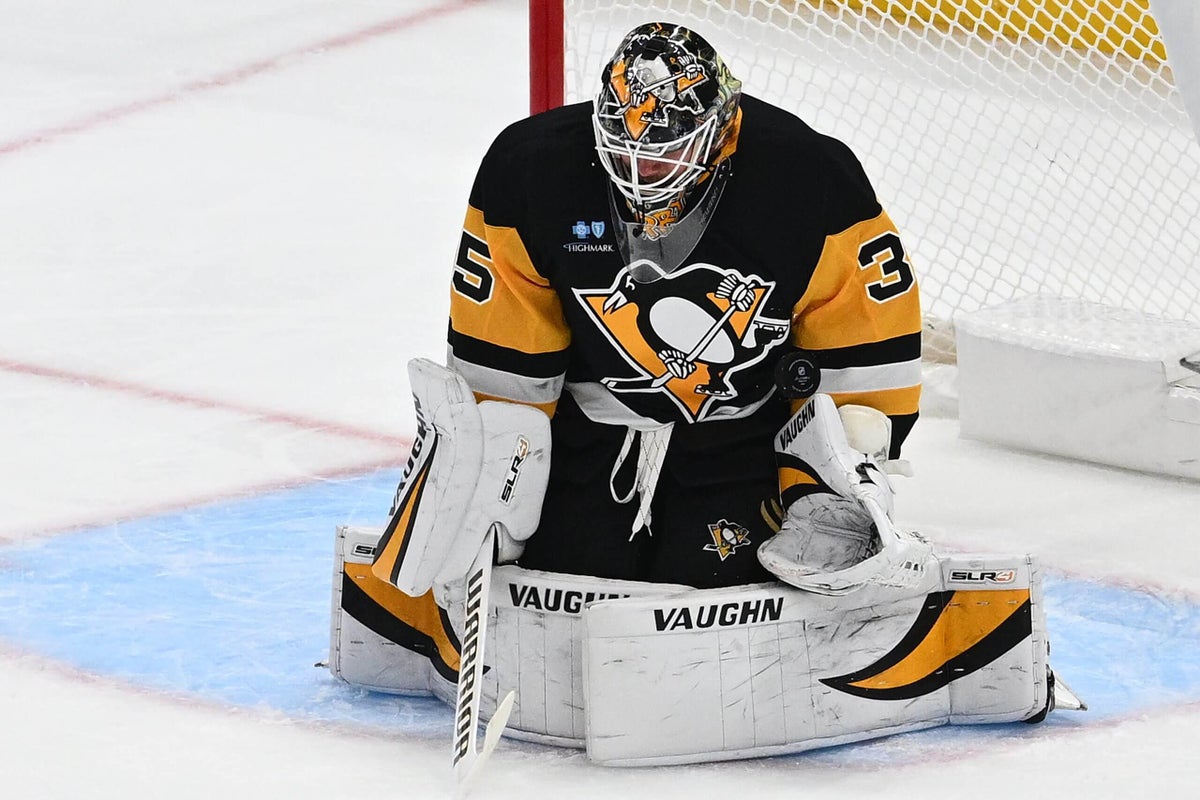

It’s impossible to watch the Stanley Cup playoffs and ignore the physicality.
Even the most tepid series is full of violence. If you can’t dish out — or endure — the nasty stuff, you have no chance.
This brings us to the Pittsburgh Penguins, one of the NHL’s smallest and least physical teams.
During a game last week, I tweeted that, if the Penguins were playing the defending-champion Florida Panthers, they’d barely be able to survive. Half of their team would be hurt.
Advertisement
I wasn’t mocking the Penguins. I meant it sincerely. I just can’t imagine them physically hanging around with a team like the Panthers. Or the Washington Capitals. Or one of the many NHL teams that play an abrasive style.
After firing off that tweet, I heard from several people within the Penguins organization. Were they mad at me? Did they think I was poking fun at them?
Hardly. They agreed.
I believe Kyle Dubas is aware this is a problem, too.
Fairly or not, the Penguins’ president of hockey operations and general manager is often considered to be interested in building only skill- and finesse-based teams. That’s not entirely fair.
Sure, he traded for Erik Karlsson. Yes, he presided over a Maple Leafs team that employs one of the NHL’s most talented rosters.
Of course, he also drafted Matthew Knies. In fact, in his last two drafts with Toronto, the average height of the Maple Leafs’ draft picks was a fraction below 6-foot-2. Of the 10 players he’s drafted in two summers with the Penguins, seven are 6 feet or taller.
Dubas thinks the Penguins need to get bigger and more difficult to play against. The rugged players on their roster are getting old. Sidney Crosby is built to take a beating, and he isn’t slowing down. Kris Letang has always been more physical than many people realize, but he’s slowing down. Same with Evgeni Malkin. Noel Acciari is plenty physical, but he’s not a part of the Penguins’ long-term plans. Kevin Hayes is big but hardly physical. Ryan Graves is enormous but likely to be knocked down by a gentle breeze. In Rutger McGroarty, there is some hope. He’s a big kid who won’t shy away from contact. Still, this is an area of concern for Dubas and the Penguins.
So what?
I strongly believe that, if Dubas gets aggressive in free agency, there’s a good chance he’ll identify bigger players and ones who play with an edge.
Advertisement
Those players are available in the NHL Draft, too. We don’t yet know where the Penguins will be selecting or whether they’ll have one or two first-round picks. But we do know some players in this draft are known for their physicality — prospects such as Brampton forward Porter Martone and Barrie defenseman Kashawn Aitcheson.
I don’t think Dubas will be signing a group of goons this summer. I do think he badly wants more physicality, without sacrificing size and speed.
Status quo at goalie?
There is a strong possibility that Tristan Jarry will be between the pipes when the 2025-26 season begins on Oct. 7.
That’s a wild turn of events from January, but here we are.
The Penguins weren’t any more impressed with Alex Nedeljkovic’s season than they were with Jarry’s. They don’t think Joel Blomqvist is ready to be an everyday NHL goaltender just yet. And the organization is very excited about Sergei Murashov’s potential, there’s a concern about rushing him to the NHL. I don’t imagine we’ll see him make his NHL debut until later next season.
Jarry was pretty good late in the regular season, after his second stint in the AHL. He produced above league-average numbers behind a very poor defensive team. He’s still under contract for three more years.
The Penguins don’t want to spend more money on goaltending this summer.
Would they trade Jarry if a team offered? Sure. Would they trade Nedeljkovic if a team offered? Certainly possible.
But don’t be shocked if the goaltending duo remains the same when next season begins. It’s in play.
Expect changes in the blue line
I am not expecting the Penguins to make seismic changes between the pipes or at forward this summer. Could they add a forward or two through trades or via free agency? Of course, and they probably will.
That unit, however, figures to look somewhat familiar when next season begins.
Advertisement
The blue line, however, could look drastically different. From management on down, no one was happy with how the Penguins’ defensemen performed. Karlsson could certainly be traded this summer. The left side of the blue line was a disaster, and you can expect significant changes.
Concern with Graves’ struggles
I don’t have the sense that anyone in the organization was thrilled with Graves’ season.
They like him as a person. He’s a good soul and a good teammate. The Penguins, however, continued to be disappointed with his play after a disastrous first campaign in Pittsburgh.
He appeared to be making some progress midway through the season. He wasn’t losing games for the Penguins, at least, and seemed to be performing adequately in a sheltered role.
Late in the season, when the Penguins were playing better, Graves’ struggles resurfaced.
I wouldn’t expect the Penguins to buy out Graves’ contract. In fact, I wouldn’t expect them to buy anyone out this summer. They don’t believe it’s in their best interest to do so. The organization, however, recognizes that Graves’ contract is a problem. It would love to rid itself of that problem, but doing so would require some serious creativity because the Penguins don’t expect any teams to bite on his contract, even if they were to add a sweetener or two to make it happen.
(Photo of Tristan Jarry: Justin Berl / Getty Images)
This news was originally published on this post .




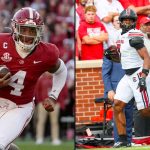




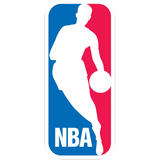
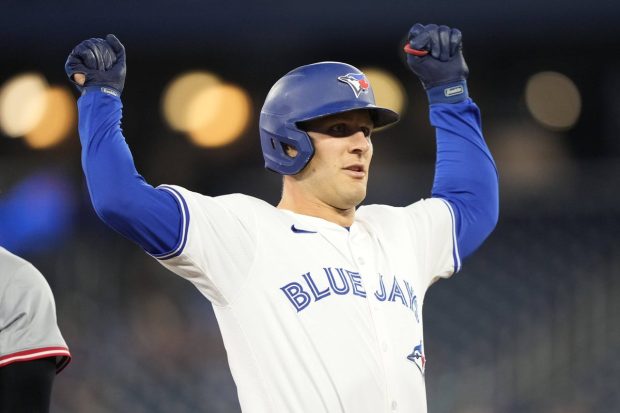

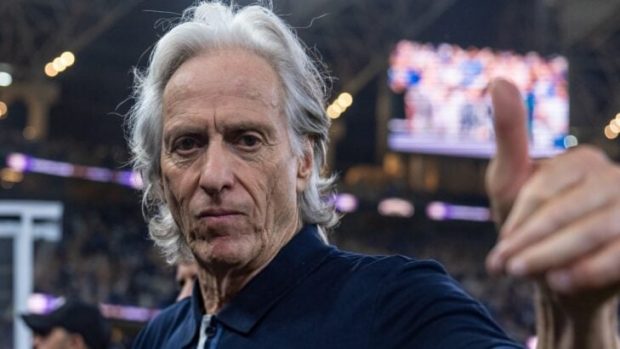
Be the first to leave a comment